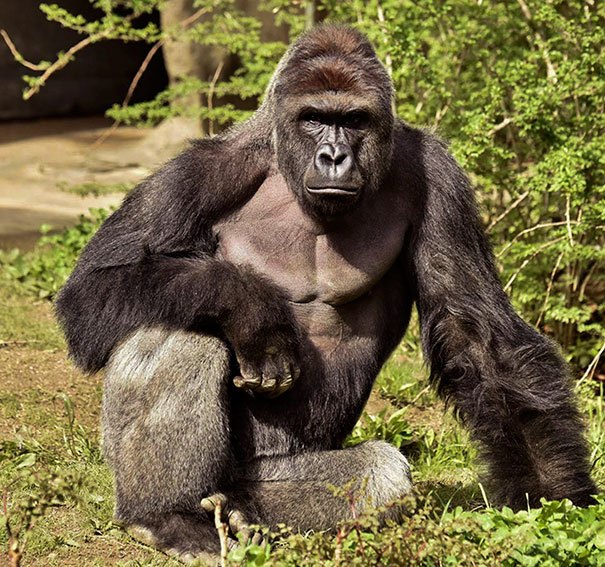
Stars
Quiz
•
Science
•
9th Grade
•
Medium
Standards-aligned

g Custer
Used 33+ times
FREE Resource
11 questions
Show all answers
1.
MULTIPLE CHOICE QUESTION
30 sec • 1 pt

Stars are classified by their brightness and temperature on the H-R diagram. How would you describe a white dwarf star, compared to most other stars?
A white dwarf has a lower temperature and is brighter than most stars.
A white dwarf has a higher temperature and is brighter than most stars.
A white dwarf has a lower temperature and is not as bright as most stars.
A white dwarf has a higher temperature and is not as bright as most stars.
2.
MULTIPLE CHOICE QUESTION
30 sec • 1 pt

Where does the sun fit on the H-R Diagram?
The sun is a giant star.
The sun is a supergiant star.
The sun is a white dwarf star.
The sun is a main sequence star.
Tags
NGSS.HS-ESS1-1
NGSS.HS-ESS1-3
3.
MULTIPLE CHOICE QUESTION
30 sec • 1 pt
What property of a star will determine whether it ends as a white dwarf, a neutron star or a black hole?
The star’s distance from the Earth.
The number of planets orbiting the star.
The star’s mass will determine its final stage.
The star’s shape will determine its final stage.
4.
MULTIPLE CHOICE QUESTION
30 sec • 1 pt

Stars are classified by their brightness and temperature on the H-R diagram. How would you describe a supergiant, compared to most other stars?
A supergiant has a lower temperature and is brighter than most stars.
A supergiant has a higher temperature and is brighter than most stars.
A supergiant has a lower temperature and is not as bright as most stars.
A supergiant has a higher temperature and is not as bright as most stars.
5.
MULTIPLE CHOICE QUESTION
30 sec • 1 pt
The process by which stars create heavier elements from lighter ones is referred to as
fission.
fusion.
a chemical reaction.
a physical change.
Tags
NGSS.HS-ESS1-1
NGSS.HS-ESS1-3
NGSS.HS-PS1-8
6.
MULTIPLE CHOICE QUESTION
30 sec • 1 pt
Which of the following would NOT be useful information for helping to classify stars?
the constellation they are a part of
the mass of the star
the amount of light given off by a star
the color of the star
7.
MULTIPLE CHOICE QUESTION
30 sec • 1 pt

Stars are classified by their brightness and temperature on the H-R diagram.
Which statement is true based upon the H-R diagram?
A supergiant has a lower temperature and is brighter than a white dwarf.
A supergiant has a lower temperature and is less bright than a white dwarf.
A supergiant has a higher temperature and is less bright than a white dwarf.
A supergiant has a higher temperature and is brighter than a white dwarf.
Tags
NGSS.HS-ESS1-3
Create a free account and access millions of resources
Create resources
Host any resource
Get auto-graded reports

Continue with Google

Continue with Email

Continue with Classlink

Continue with Clever
or continue with

Microsoft
%20(1).png)
Apple
Others
By signing up, you agree to our Terms of Service & Privacy Policy
Already have an account?
Similar Resources on Wayground

15 questions
H-R Diagram
Quiz
•
8th Grade - University

15 questions
Astronomy Quiz
Quiz
•
9th Grade

12 questions
H-R Diagram
Quiz
•
9th Grade

10 questions
Life Cycle of a Star and HR Diagram
Quiz
•
9th - 12th Grade

15 questions
Sun and Star Lifecycle
Quiz
•
8th Grade - University

10 questions
Constellation
Quiz
•
9th Grade

16 questions
ESS - Life Cycles of Stars
Quiz
•
8th - 12th Grade

12 questions
Space Exploration Section 1.
Quiz
•
9th Grade
Popular Resources on Wayground

20 questions
Brand Labels
Quiz
•
5th - 12th Grade

10 questions
Ice Breaker Trivia: Food from Around the World
Quiz
•
3rd - 12th Grade

25 questions
Multiplication Facts
Quiz
•
5th Grade

20 questions
ELA Advisory Review
Quiz
•
7th Grade

15 questions
Subtracting Integers
Quiz
•
7th Grade

22 questions
Adding Integers
Quiz
•
6th Grade

10 questions
Multiplication and Division Unknowns
Quiz
•
3rd Grade

10 questions
Exploring Digital Citizenship Essentials
Interactive video
•
6th - 10th Grade
Discover more resources for Science

10 questions
Exploring Newton's Laws of Motion
Interactive video
•
6th - 10th Grade

10 questions
Exploring Chemical and Physical Changes
Interactive video
•
6th - 10th Grade

10 questions
Exploring the States of Matter
Interactive video
•
6th - 10th Grade

10 questions
Exploring the States of Matter and Thermal Energy
Interactive video
•
6th - 10th Grade

10 questions
Exploring Light and Waves Concepts
Interactive video
•
6th - 10th Grade

16 questions
3.4 Biogeochemical Cycles
Quiz
•
9th Grade

21 questions
Cell Organelles
Quiz
•
9th Grade

10 questions
Exploring Weathering, Erosion, and Deposition Processes
Interactive video
•
6th - 10th Grade
